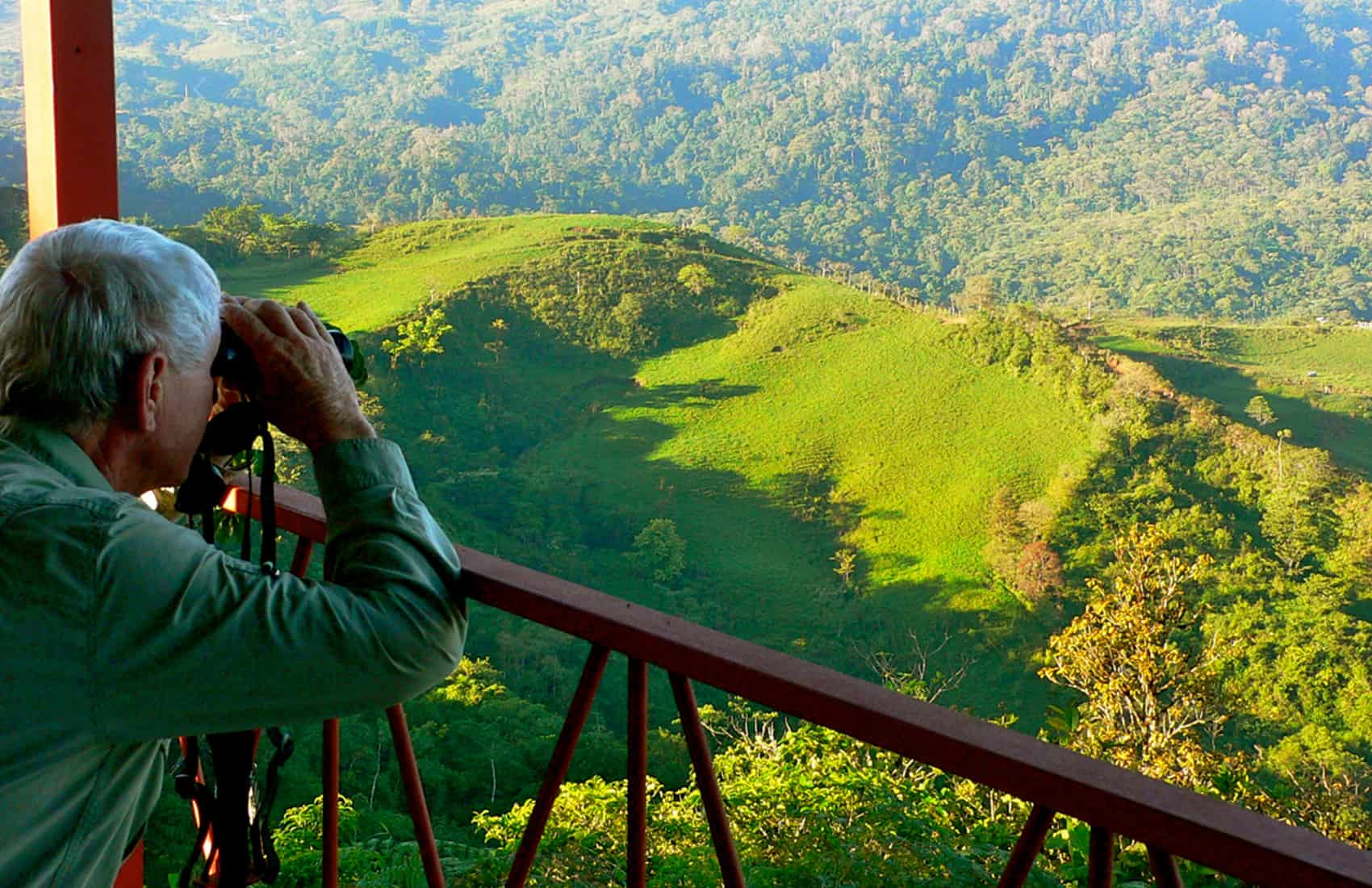Costa Rica’s tourism took a hit in the first seven months of 2025, with visitor numbers dropping compared to the previous year. By the end of the third quarter, the country saw 50,000 fewer tourists, a trend that has local businesses and officials paying close attention. This dip comes after years of steady growth, raising questions about what factors are at play and how the industry might respond.
Air arrivals, which make up the bulk of international visitors, showed the clearest signs of slowdown. Data from the Costa Rican Tourism Institute points to consistent monthly declines starting from late 2024 and carrying into 2025. January kicked off with a small drop, followed by sharper falls in February and May, where arrivals fell by around 7% and 4.7% respectively from the year before.
By June, the total for the first half of the year stood at about 1.49 million visitors, down 2.8% from 2024’s figures. Extending that through July and into September, the overall reduction aligns with the 50,000 fewer tourists reported, representing roughly a 2.2% decrease for the nine-month period.
Several issues contribute to this shift. Rising concerns over safety stand out as a major deterrent. Reports of increased crime, including thefts and assaults in popular areas, have made some travelers think twice about booking trips. While Costa Rica remains safer than many regional neighbors, the uptick in incidents—over 6,300 tourist-related crimes in recent periods—has damaged perceptions.
Add to that a stronger colon against the dollar, which makes everything from hotel stays to meals pricier for foreign visitors. A dollar now buys fewer colones than it did a year ago, pushing costs up and making destinations like Mexico or Panama look more affordable by comparison.
Fewer airline seats from key markets compound the problem. U.S. carriers cut capacity by about 10% in the first quarter of 2025, limiting options for North American travelers who account for more than half of arrivals. Economic uncertainty in the U.S., including post-election jitters, has led some to delay vacations.
Health alerts haven’t helped either; outbreaks of dengue and other mosquito-borne illnesses, with over 1,900 cases early in the year, prompted warnings that scared off cautious visitors. Even though officials stepped up fumigation and prevention efforts, the news spread quickly online and through travel advisories.
The effects ripple through the economy. Tourism supports over 200,000 jobs, especially in rural spots reliant on visitors to beaches, national parks, and adventure spots. Hotels report lower occupancy rates, with some warning of potential layoffs if the trend holds.
Foreign spending has also dipped, with first-quarter revenue falling by $60 million to $1.773 billion. Small operators, from tour guides to restaurants, feel the pinch most acutely, as reduced visitor numbers mean less business overall.
Not everyone sees this as a full-blown crisis. Tourism Minister William Rodríguez calls it a temporary challenge, noting that online searches for Costa Rica trips remain strong and predicting a possible 1.7% to 4% growth by year’s end if no major disruptions occur.
Some segments show promise: South American arrivals rose by 15% in the first half, with more visitors from Brazil and Argentina filling gaps left by declines from the U.S., Canada, and Europe. European routes, like increased flights from Air France, suggest demand from that side could help balance things out.
Industry groups push for action to turn things around. Calls for better marketing, improved security measures, and incentives to attract budget-conscious travelers grow louder. Business leaders argue that addressing prices and safety head-on could restore confidence. For now, though, the sector watches closely as the low season wraps up, hoping the usual high-season boost in November and December brings a rebound.
This decline marks a shift for our country, long known for its natural attractions and eco-friendly appeal. As competition heats up in Central America and the Caribbean, staying competitive means tackling these hurdles directly. Travelers still come for the rainforests, volcanoes, and wildlife, but sustaining that flow will require smart adjustments in the months ahead.






